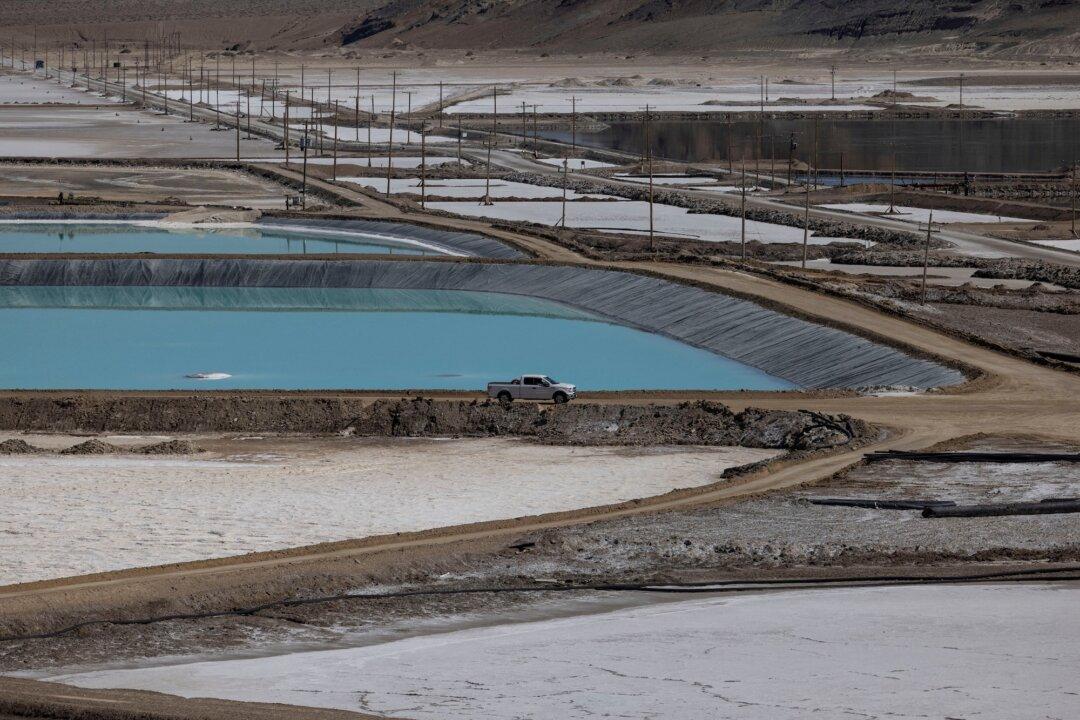Food prices in the United States shot up in May at their fastest annual pace in 42 years, according to new government data, with some food producers warning American households to brace for more inflationary pain ahead, as some input costs have yet to be reflected in grocery store prices.
The multi-decade high reading marks the 11th consecutive month that food prices have climbed in the United States. It’s also double the 5.5 percent pace of food price inflation notched just last November.
A number of U.S. farmers interviewed by The Epoch Times have said that soaring fuel and fertilizer costs have yet to fully make their way down the food production chain.
“Usually, what we see on the farm, the consumer doesn’t see for another 18 months,” said John Chester, a Tennessee farmer of corn, wheat, and soybeans.
“People don’t realize what’s fixing to hit them,” Texas farmer Lynn “Bugsy” Allen said. “They think it’s tough right now. You give it until October; food prices are going to double.”

The average cost of a summer cookout for 10 people would total $69.68, an increase of about $10 from 2021, according to the report.
Meanwhile, the so-called core PCE price index, which excludes the volatile categories of food and energy and is the Federal Reserve’s preferred gauge for measuring inflation, rose by 4.7 percent in the year through May, Commerce Department data show.
While that’s a slight decline from the prior month’s 4.9 percent pace of growth and roughly in line with analysts’ estimates, it’s more than double the 2 percent inflation target that the U.S. central bank aims for when it sets monetary policy, chiefly interest rates.
And while the over-the-year core PCE inflation gauge inched down, the month-over-month reading remained flat at 0.3 percent in May for the fourth month in a row, suggesting that inflationary pressures remain stuck in high gear, and the Fed’s fight to lower price growth will be protracted.
The Fed has pivoted in its view on inflation, initially considering it a temporary spike that would soon pass but now describing it as persistent and problematic.
The central bank has embarked on an aggressive rate-hiking cycle in a bid to tame runaway prices, with some analysts seeing a growing risk that the U.S. economy will tip into recession.





